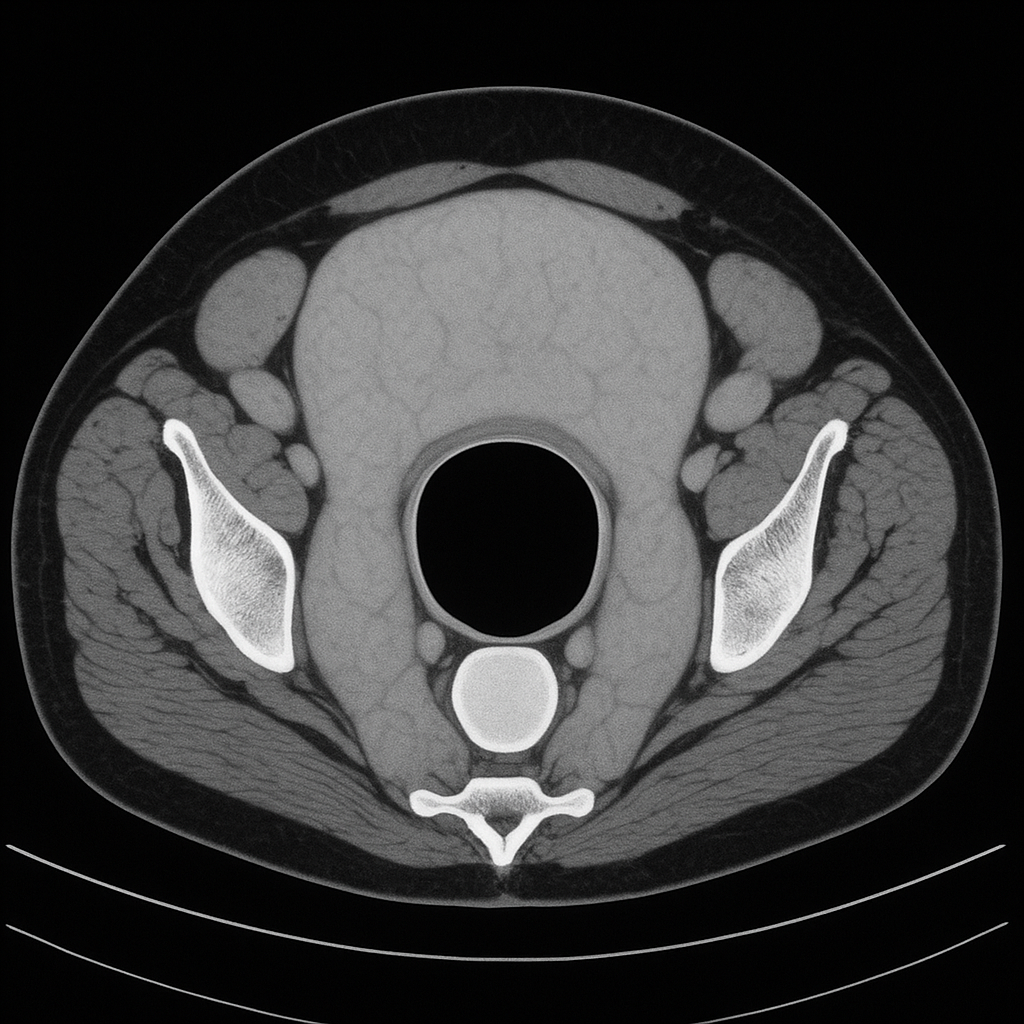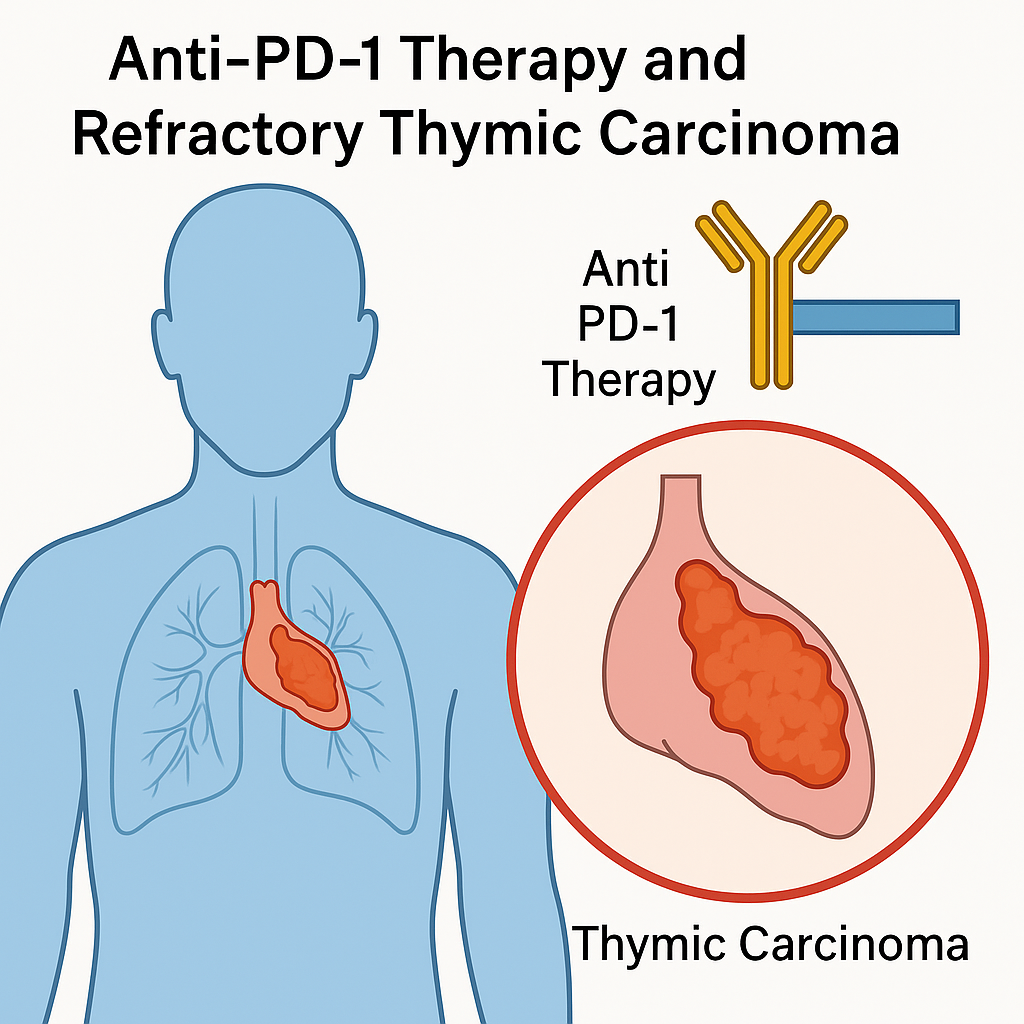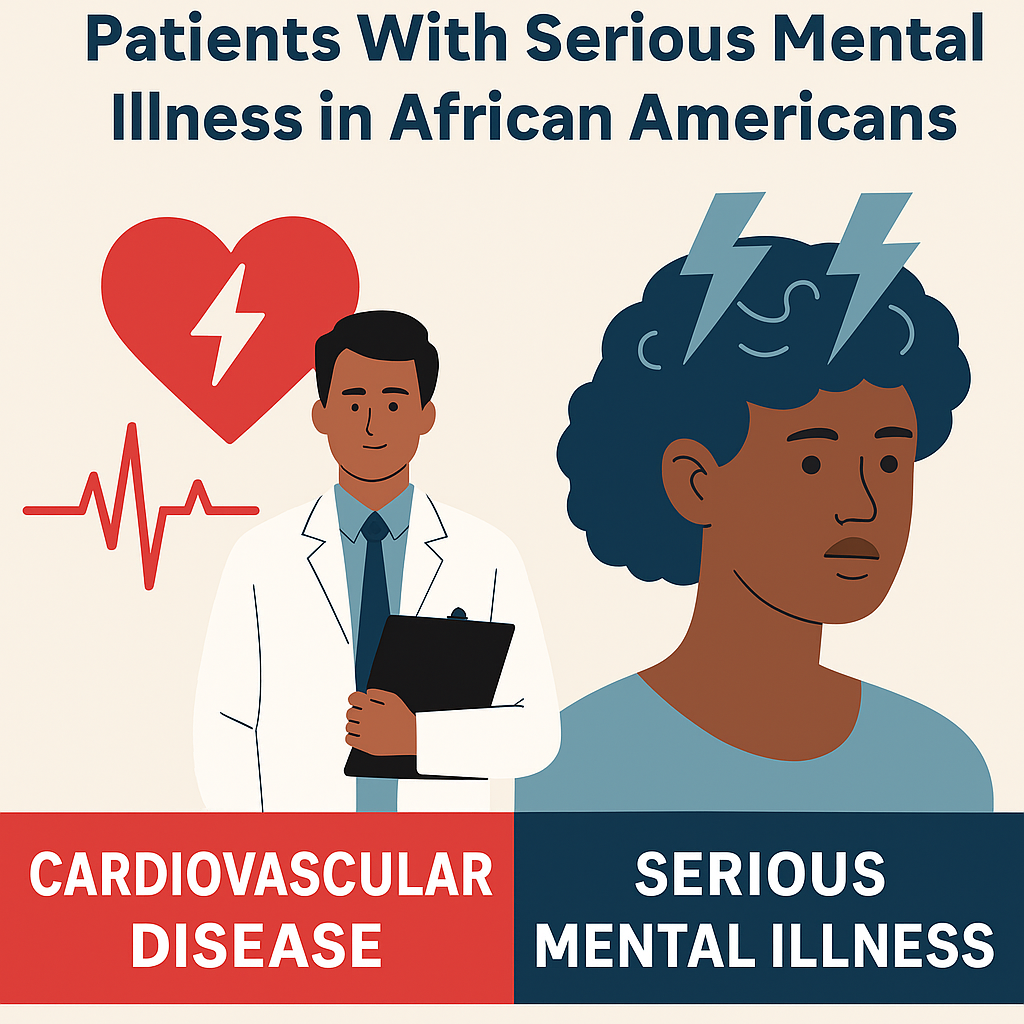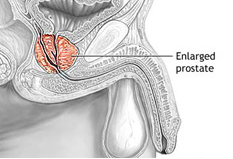Author: Sandeep G
-

Abstract Background: Recent years have seen Mendelian Randomization (MR) evolve as the next logical but intricate procedure for elucidating causality immediately after conduct or publication of a GWAS on a risk factor or outcome of interest. With a focus on the neurodegenerative disorder, through this systematic review, we hope to dissect the considerable heterogeneity in…
-

Epidemiological summary A total of 189 cases (118 confirmed cases based on positive swab results) were identified during the COVID-19 outbreak between 4th November 2020 to 8th January 2021 at an industrial site in Northern British Colombia (Figure 1). The complete demographic and clinical characteristics of all the 266 individuals investigated during the study…
-

Background The form of care for the seriously mentally ill has undergone a significant transformation in the last century (Grob 1983). In the first half of the 20th century, state-sponsored institutes in mental hospitals were considered the primary providers for the long-term services and support for psychiatric patients (Arnhoff 1975). Such institutions accounted for almost…
-

Aim of the Study: To investigate factors associated with the onset and progression of celiac disease (CD) in the pediatric population. Objectives: Objective 1:To estimate the seroprevalence of celiac disease among children presenting with gastrointestinal symptoms, severe anemia, stunting, poor growth, or malnutrition.Hypothesis: The prevalence of celiac disease in symptomatic children is high. Objective 2:To…
-
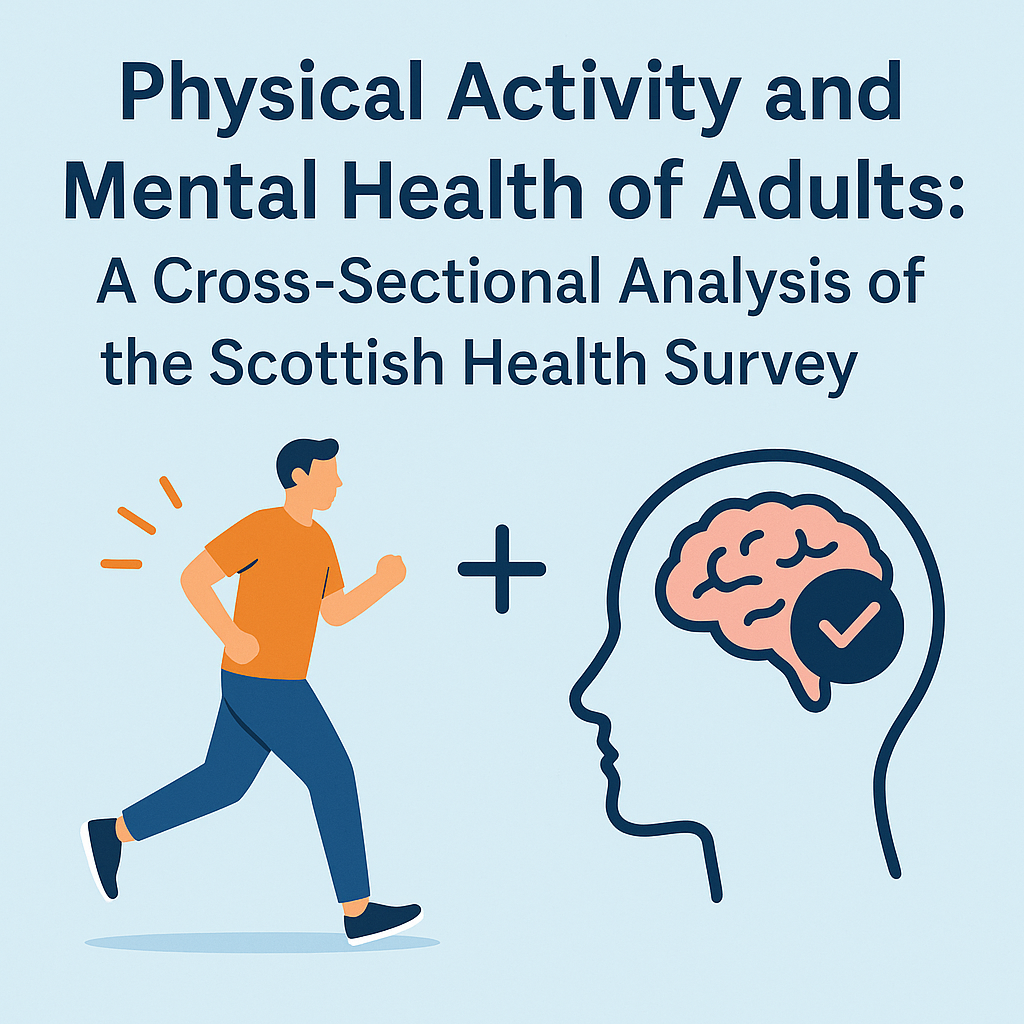
Aim and the objectives of the study To date, the majority of studies have focussed on adolescents. Furthermore, there is a lack of evidence regarding the optimal amount of PA required to achieve maximum mental health benefits. Considering a limited number of studies investigating the relationship between PA and mental health in adults, the present…
-
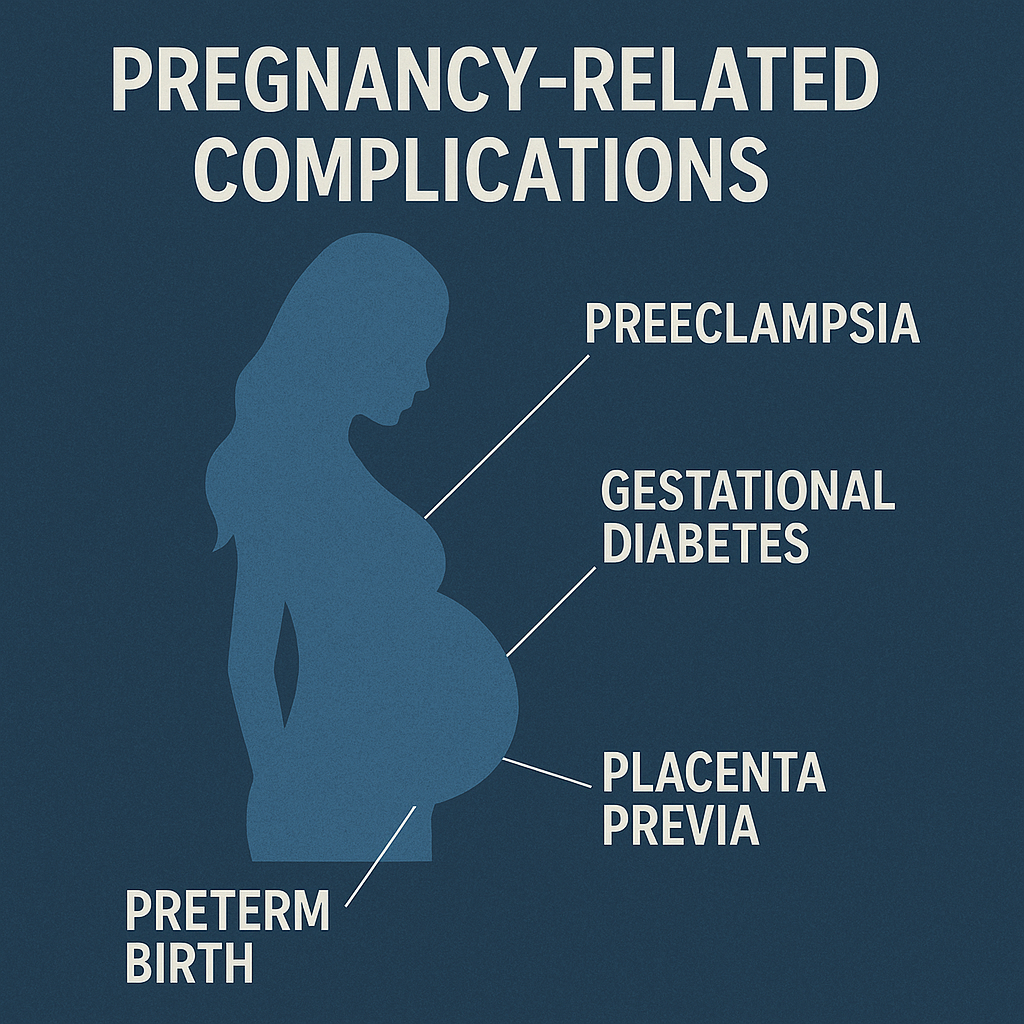
Background Pregnancy complications, including gestational diabetes mellitus (GDM), pre-eclampsia, and preterm birth, are critical predictors of future non-communicable diseases (NCDs). These complications reflect metabolic, vascular, and inflammatory dysfunctions, serving as early indicators of long-term risks such as cardiovascular disease (CVD), chronic kidney disease (CKD), and type 2 diabetes mellitus (T2DM). Pregnancy is thus considered a…
-

Research Objectives This project aims to: 3. Background and Rationale The behavior of GPs and their associated practices plays a pivotal role in healthcare delivery, influencing patient outcomes, resource allocation, and system efficiency. Studies have documented significant variability in prescribing, diagnostic test ordering, and referral patterns across practices, yet the underlying factors driving this variability…
-

Introduction Major depressive disorder is a common debilitating psychiatric illness affecting more than 350 million people worldwide. It is also one of the significant contributors to the overall global burden of the disease, accounting for 8.2% of global years lived with disability, the highest among the brain diseases [1, 2]. According to the World Health…
-

Practicing in the United States
-

Background Worn dentition has long been a significant dental burden in the elderly population and can be attributed to a combination of erosion, abrasion and attrition [1]. Several epidemiological studies have reported the prevalence of extensive tooth wear ranging from 0.6% in adolescence to more than 2% in individuals aged 65 years or more…
-

Third molars, also known as wisdom teeth, are the last to erupt between the ages of 17 and 26 years, which complement the functioning of the second molars (Kruger et al., 2001). They fail to erupt entirely in approximately 24% of the population and are observed to be associated with periodontal defects and caries on…
-

Stroke is a common risk factor for cognitive decline associated with vascular dementia (VD). The causal link between high blood pressure (BP) or hypertension (HTN) and the incidence of stroke is well-establish (O’Donnell, Xavier et al. 2010). Several longitudinal studies have also reported the association between mid or late life HTN and dementia (Freitag, Peila…
-

Parkinson’s disease (PD) is one of the most common neurodegenerative disorders, with an estimated 6.2 million individuals affected worldwide (Group GBDNDC, 2017). Several lifestyle factors have been shown to influence predisposition to PD (Bellou, Belbasis et al. 2016). Over the last few decades, several case-control and cohort studies have highlighted the possible role of pesticides…
-

Traumatic brain injury (TBI) is one of the leading reasons for the increased burden on public health. Alcohol consumption is known to be a common risk factor for TBI. On the contrary, several studies have recently shown that higher alcohol levels in the blood at the time of injury could, in fact, promote short term…
-

Stroke is one of the leading cause of disability and functional impairments in the United States (Mozaffarian et al., 2015). In addition, stroke survivors have a considerably higher rate of subsequent cardiovascular events, resulting in high mortality. There is an increasing evidence that physical exercise improves quality of life and daily functioning in stroke survivors…
-

Telomeres are nucleoproteins present at both ends of each chromosome that play a vital role in maintaining genome stability. Specifically, they protect the human genome from unnecessary degradation, recombination, and repair (1). Telomeres are known to shorten throughout the life of an individual with each cell division and its length thereby may reflect the process…
-

This paragraph serves as an introduction to your blog post. Begin by discussing the primary theme or topic that you plan to cover, ensuring it captures the reader’s interest from the very first sentence. Share a brief overview that highlights why this topic is important and how it can provide value. Use this space to…
-

This paragraph serves as an introduction to your blog post. Begin by discussing the primary theme or topic that you plan to cover, ensuring it captures the reader’s interest from the very first sentence. Share a brief overview that highlights why this topic is important and how it can provide value. Use this space to…
-

This paragraph serves as an introduction to your blog post. Begin by discussing the primary theme or topic that you plan to cover, ensuring it captures the reader’s interest from the very first sentence. Share a brief overview that highlights why this topic is important and how it can provide value. Use this space to…
-

This paragraph serves as an introduction to your blog post. Begin by discussing the primary theme or topic that you plan to cover, ensuring it captures the reader’s interest from the very first sentence. Share a brief overview that highlights why this topic is important and how it can provide value. Use this space to…
-

This paragraph serves as an introduction to your blog post. Begin by discussing the primary theme or topic that you plan to cover, ensuring it captures the reader’s interest from the very first sentence. Share a brief overview that highlights why this topic is important and how it can provide value. Use this space to…
-

This paragraph serves as an introduction to your blog post. Begin by discussing the primary theme or topic that you plan to cover, ensuring it captures the reader’s interest from the very first sentence. Share a brief overview that highlights why this topic is important and how it can provide value. Use this space to…
-

This paragraph serves as an introduction to your blog post. Begin by discussing the primary theme or topic that you plan to cover, ensuring it captures the reader’s interest from the very first sentence. Share a brief overview that highlights why this topic is important and how it can provide value. Use this space to…
-

This paragraph serves as an introduction to your blog post. Begin by discussing the primary theme or topic that you plan to cover, ensuring it captures the reader’s interest from the very first sentence. Share a brief overview that highlights why this topic is important and how it can provide value. Use this space to…


